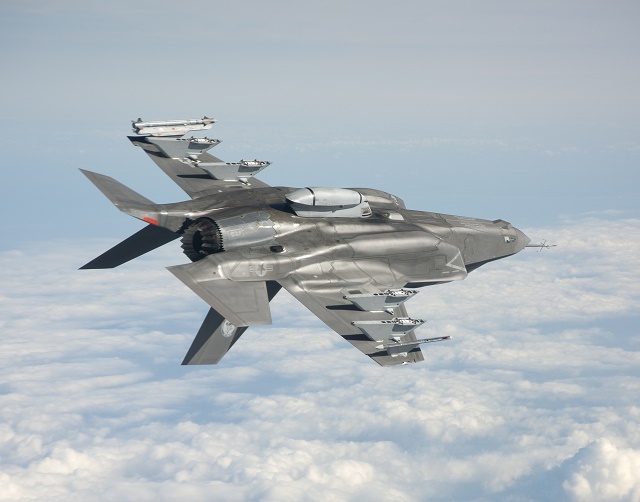The US Navy has moved forward on two key weapons programmes, after clearing Raytheon’s AIM-9X Sidewinder Block II for full-rate production and validating the Orbital ATK AGM-88E Block 1 software improvement in a successful test shot against a moving ship.
According to Raytheon, the AIM-9X Block II production decision follows the completion of operational testing this year. Deliveries are now being made to the USN and US Air Force, as well as foreign military sales customers such as Australia and Saudi Arabia.
The upgraded weapon, which includes software and component improvements, has been in concurrent production and development since 2011, and the weapon’s release to customers was dependent on a positive test and evaluation report.
“An updated electronics package gives the missile significant enhancements, like the ability to lock-on after launch using a new datalink that supports beyond-visual-range engagements,” Raytheon air warfare systems vice-president Mike Jarrett said earlier this month.
The company has also announced the Sidewinder Block II’s first surface-to-air intercept, of an unmanned aircraft at almost 5,000ft, from a ground-based US Army launch system.

The Orbital ATK AGM-88E has been in operation with the US military since 2012
US Navy
In another development, Orbital ATK has announced that a new software package for the AGM-88E advanced anti-radiation guided missile (AARGM) has begun live-fire testing, with the first shot having been performed on 18 August at the Point Mugu sea range in California. The supersonic, electromagnetic radiation-seeking weapon was launched from a Boeing F/A-18F Super Hornet and scored a direct hit against a mobile ship target.
“This is the first live-fire test in a series of live-fire and captive-carry events that will assess the missile’s software modifications, made to deliver new capabilities to the warfighter,” says Bill Kasting, vice-president and general manager of Orbital ATK’s Defense Electronic Systems division.
AARGM is being jointly acquired by the USN, US Marine Corps and Italian air force, and initial operational capability with the latter’s Panavia Tornado ECR fleet is planned for 2017.
The weapon has been in operational use since 2012 with the F/A-18 and EA-18G Growler, and the Block 1 software is due for release in early 2017, according to the programme’s selected acquisition report.

Raytheon's AIM-9X Sidewinder missile is also integrated with the Lockheed Martin F-35
Lockheed Martin
Source: FlightGlobal.com























